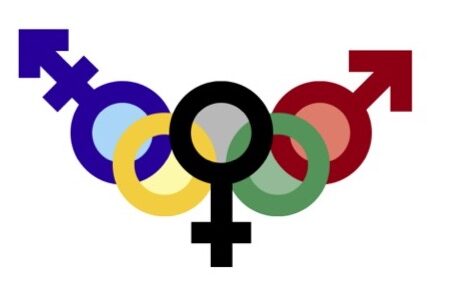The International Olympic Committee (IOC) on Tuesday 16 November released a new framework on transgender and intersex inclusion.
‘This Framework recognises both the need to ensure that everyone, irrespective of their gender identity or sex variations, can practise sport in a safe, harassment-free environment that recognises and respects their needs and identities,’ the committee said.
The IOC has put the transgender-ball in the court of each individual sport governing body “to determine how an athlete may be at a disproportionate advantage against their peers, taking into consideration the nature of each sport.”
The new framework, which is not legally binding, drops its controversial policies that required competing athletes to undergo “medically unnecessary” procedures or treatment, including the requirement that transgender women reduce their testosterone levels in order to compete.
Under the IOC guidelines, biological males who identify as females would be allowed to compete in women’s sport without being regarded as having an “unverified” competitive advantage or having to alter their bodies.
At the 2020 Summer Olympics hosted in Tokyo three months ago, Laurel Hubbard, a New Zealand weightlifter, became the first transgender athlete to compete in the Olympic Games.

